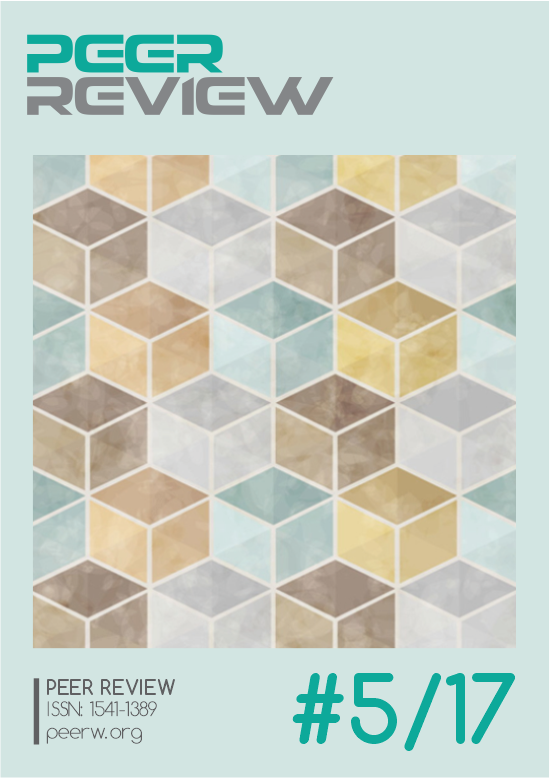Diferentes respostas fisiológicas entre dois tipos de treinamento funcional de alta intensidade
DOI:
https://doi.org/10.53660/843.prw2258bPalavras-chave:
treinamento intervalado, HIIT, Treinamento em circuito, Ballet, DançaResumo
Diversas modalidades do treinamento intervalado de alta intensidade (HIIT) são desenvolvidas de forma empírica, sem o devido aprofundamento técnico sobre suas repercussões cardiovasculares e metabólicas. O objetivo deste estudo foi comparar possíveis alterações cardiovasculares e metabólicas agudas entre duas modalidades que abordam o HIIT como base em suas sessões. A amostra, que constou de 21 mulheres (31,2 ± 9,3 anos de idade), assintomáticas e fisicamente ativas, foi submetida a duas diferentes modalidades de HIIT, o “Balleron Fit” e o circuito “express”, aleatoriamente em dois diferentes momentos. Foram avaliadas as variáveis frequência cardíaca, impulso de treinamento (TRIMP), consumo de oxigênio (VO2), dispêndio energético, consumo excessivo de oxigênio após o exercício (EPOC), lactato, percepção de esforço, dor e afeto, além da carga da sessão. O circuito “express”, quando comparado ao “Balleron Fit”, apresentou maiores valores de TRIMP (p < 0,0001), dispêndio energético (p < 0,001) e EPOC (p < 0,01), e menores valores de lactato (p < 0,001) e dor (p < 0,001). Concluiu-se que o “Balleron Fit” estimulou respostas periféricas ao estresse físico, enquanto o circuito “express” provocou respostas centrais.
Downloads
Referências
FERIOLI, M. et al. Role of physical exercise in the regulation of epigenetic mechanisms in inflammation, cancer, neurodegenerative diseases, and aging process. Journal of Cellular Physiology, v. 234, n. 9, p. 14852-14864, 2019.
FLAHERTY, S. Pain measurement tools for clinical practice and research. AANA Journal, v. 64, n. 2, p. 133-140, 1996.
FOSTER, C. et al. A new approach to monitoring exercise training. The Journal of Strength & Conditioning Research, v. 15, n. 1, p. 109-115, 2001.
GORDAN, R.; GWATHMEY, J. K.; XIE, L. Autonomic and endocrine control of cardiovascular function. World J Cardiol, v. 7, n. 4, p. 204-214, 2015.
HANNAN, A. L. et al. High-intensity interval training versus moderate-intensity continuous training with in cardiac rehabilitation: a systematic review and meta-analysis. Open Access J Sports Med, v.9, p. 1-17, 2018.
HARDY, C. J.; REJESKI, W. J. Not what, but how one feels: the measurement of affect during exercise. Journal of Sport and Exercise Psychology, v. 11, n. 3, p. 304-317, 1989.
HARMAN, E. A. et al. Effects of two different eight-week training programs on military physical performance. J Strength Cond Res, v. 22, n. 2, p. 524-534, 2008.
JENSEN, F. B. Red blood cell pH, the Bohr effect, and other oxygenation‐linked phenomena in blood O2 and CO2 transport. Acta Physiologica, v. 182, n. 3, p. 215-227, 2004.
JIMÉNEZ-MALDONADO, A. et al. The Impact of High-Intensity Interval Training on Brain Derived Neurotrophic Factor in Brain: A Mini-Review. Frontiers in Neuroscience, v. 12, 2018.
LANGLEY, G. B.; SHEPPEARD, H. The visual analogue scale: its use in pain measurement. Rheumatology International, v. 5, n. 4, p. 145-148, 1985.
MACLNNIS, M. J.; GIBALA, M. J. Physiological adaptations to interval training and the role of exercise intensity. J Physiol, v. 595, n. 9, p. 2915-2930, 2017.
MATÉ-MUÑOZ J. L.et al. Cardiometabolic and Muscular Fatigue Responses to Different CrossFit® Workouts. J Sports Sci Med, v. 17, n. 4, p. 668-679, 2018.
MATÉ-MUÑOZ J. L.et al. Muscular fatigue in response to different modalities of CrossFit sessions. PLoS One, v. 12, n. 7, 2017.
RAMÍREZ-VÉLEZ, R. et al. Effectiveness of HIIT compared to moderate continuous training in improving vascular parameters in inactive adults. Lipidis Health Dis, v. 18, n. 1, 2019.
SAWYER B. J. et al. Effects of high-intensity interval training and moderate-intensity continuous training on endothelial function and cardio metabolic risk markers in obese adults. Journal of applied Physiology, v. 121, n. 1, p. 279-288, 2016.
THOMAS, J. R.; NELSON, J. K.; SILVERMAN, S. J. Métodos de pesquisa em atividade física. 6 ed. Porto Alegre: Artmed. 2012.




